Health Benefits of Curry Leaf Noodles:
- Rich in Antioxidants:
- Curry leaves are a powerhouse of antioxidants that help neutralize free radicals in the body, reducing the risk of chronic diseases such as cancer and heart disease.
- Promotes Digestion:
- Curry leaves have traditionally been used to improve digestion, relieve constipation, and reduce bloating due to their high fiber content and digestive enzymes.
- Supports Heart Health:
- Curry leaves contain compounds that help lower cholesterol levels and support heart health. They also have antihypertensive properties that can help regulate blood pressure.
- Diabetes Management:
- Curry leaves are believed to help regulate blood sugar levels by affecting the insulin activity in the body, making them beneficial for people managing diabetes.
- Rich in Nutrients:
- Curry leaves are a good source of vitamins A, B, C, and E, as well as essential minerals like calcium, iron, and phosphorus. These nutrients contribute to healthy skin, hair, and overall bodily functions.
- Anti-Inflammatory and Antimicrobial Properties:
- The leaves possess anti-inflammatory and antimicrobial properties, which can boost immunity and help fight infections.
How Curry Leaf Noodles Are Made:
There are a couple of methods to incorporate curry leaves into noodles, either by using curry leaf powder or a fresh curry leaf paste. Here’s a basic outline:
- Curry Leaf Powder Noodles:
- Step 1: Dry curry leaves and grind them into a fine powder.
- Step 2: Mix the curry leaf powder with flour (such as wheat, rice, or millet flour) and salt. Add water gradually to form a dough.
- Step 3: Knead the dough until smooth and firm.
- Step 4: Shape the dough into noodles using a noodle press or roll and cut them by hand.
- Step 5: Cook the noodles in boiling water until tender, then drain and toss with a bit of oil to prevent sticking.
- Fresh Curry Leaf Paste Noodles:
- Step 1: Blend fresh curry leaves with a small amount of water to create a thick paste.
- Step 2: Mix the paste with flour and salt, adding water as needed to form a dough.
- Step 3: Knead the dough, shape it into noodles, and cook as described above.
Cooking with Curry Leaf Noodles:
Curry leaf noodles can be used in a wide range of dishes, providing a unique, fragrant flavor that pairs well with various ingredients. Here are some ideas:
- Stir-Fries:
- Cook curry leaf noodles and toss them with sautéed vegetables, paneer or tofu, and a light sauce made from coconut oil, mustard seeds, and turmeric. The curry leaf flavor adds an aromatic depth to the dish.
- Noodle Bowls:
- Create a noodle bowl with curry leaf noodles, combining them with fresh greens, roasted vegetables, and a zesty lemon or tamarind dressing for a refreshing meal.
- South Indian-Style Noodles:
- Prepare curry leaf noodles with traditional South Indian spices like mustard seeds, cumin, and curry powder, along with fried onions, peanuts, and curry leaves for a flavorful and authentic dish.
- Soups:
- Add curry leaf noodles to broths or soups, such as lentil or coconut milk-based soups. The curry leaf flavor complements the richness of the broth and adds a fragrant note to the soup.
- Cold Noodle Salads:
- Use cooled curry leaf noodles in a salad with crunchy vegetables, a light coconut or yogurt dressing, and a sprinkle of fresh herbs like cilantro and mint.
Storage and Availability:
- Storage: Dried curry leaf noodles should be stored in an airtight container in a cool, dry place. Fresh noodles can be refrigerated and used within a few days.
- Availability: Ready-made curry leaf noodles may not be as widely available as other flavored noodles, but they can be made at home with curry leaves, which are readily available in Indian grocery stores or specialty markets.









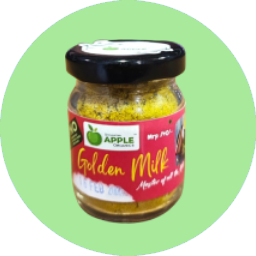













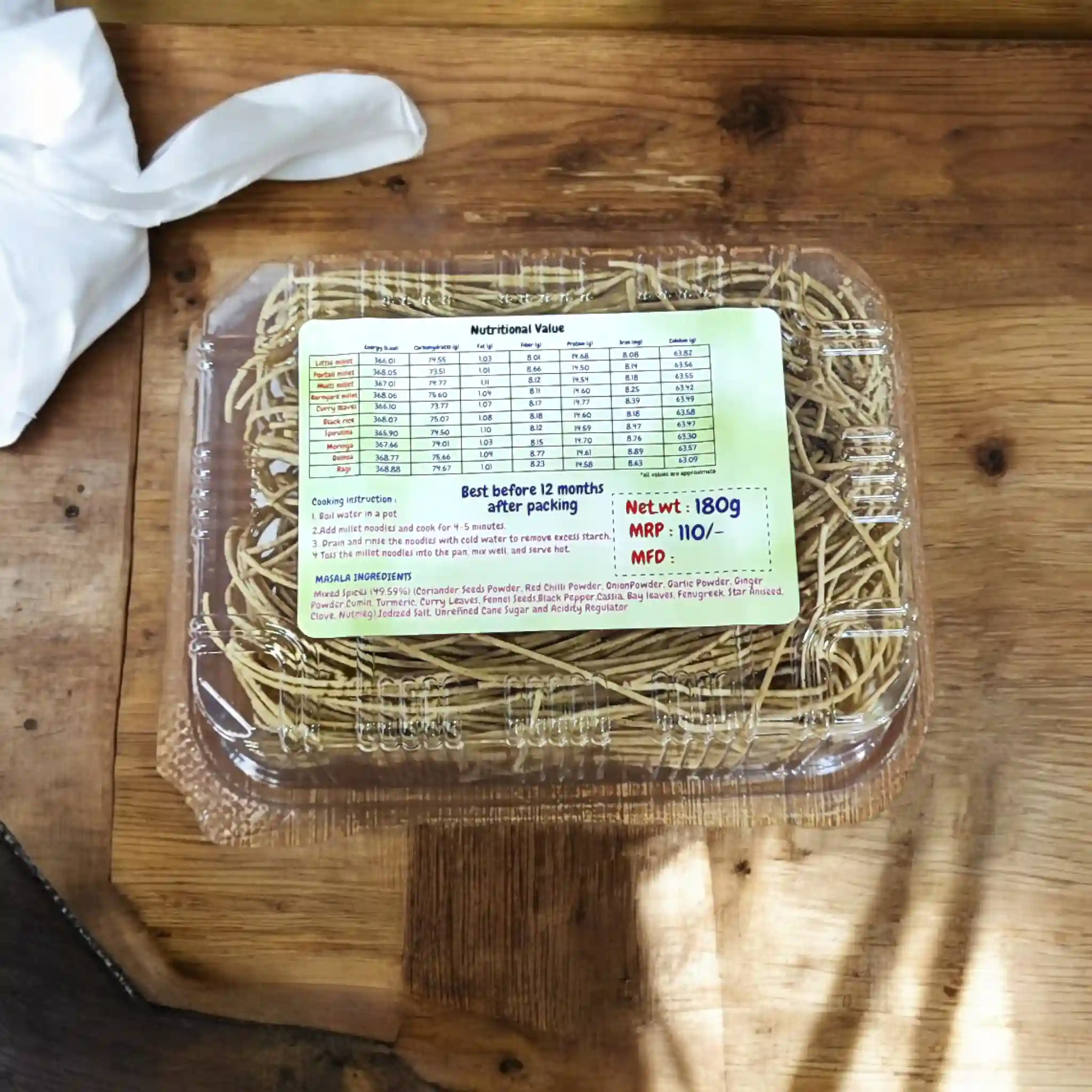
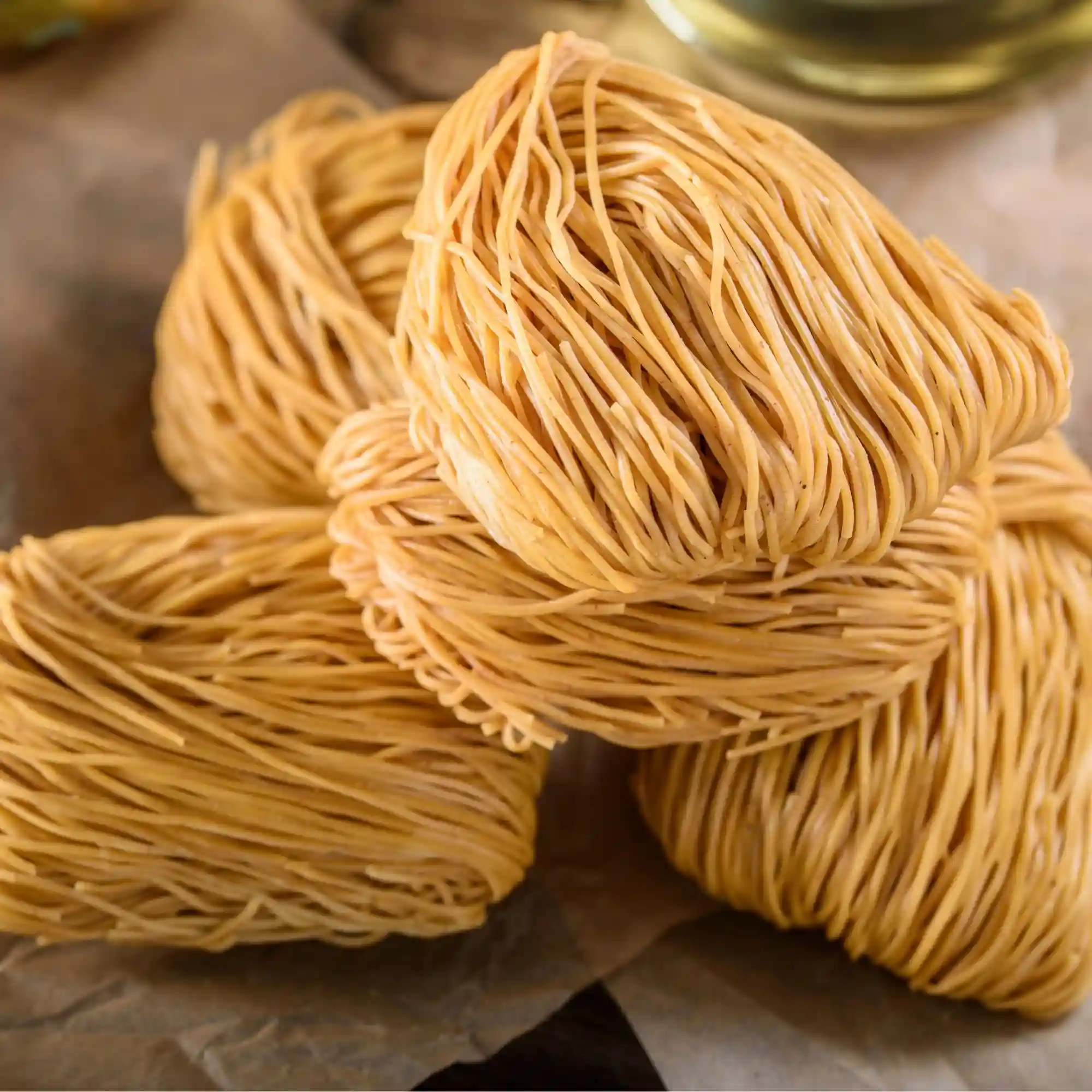


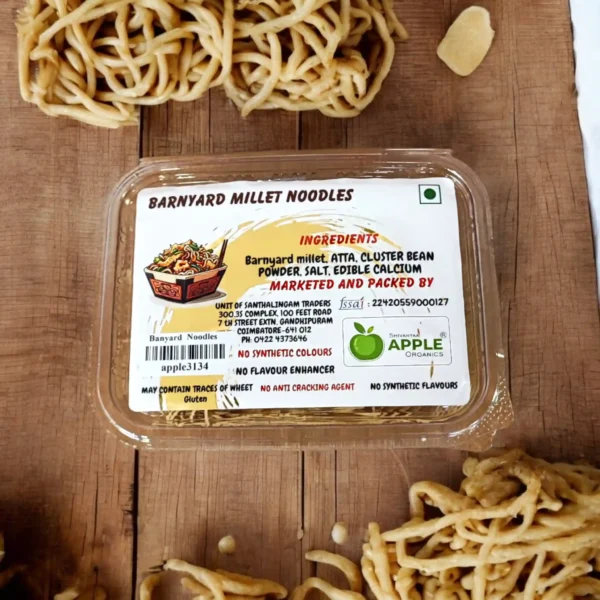
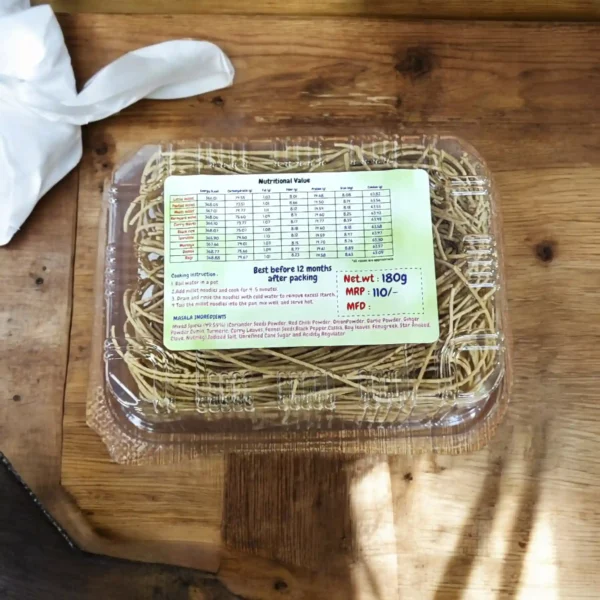
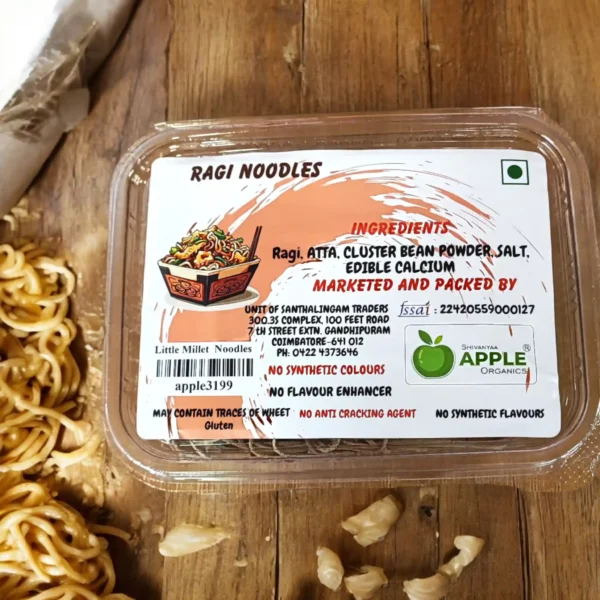
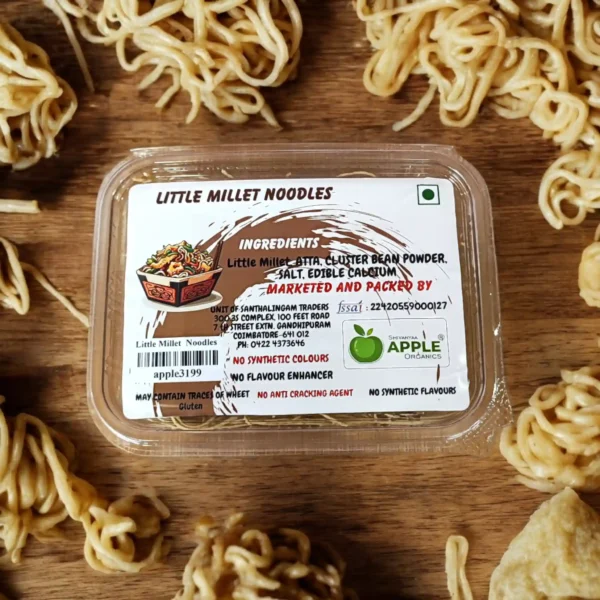
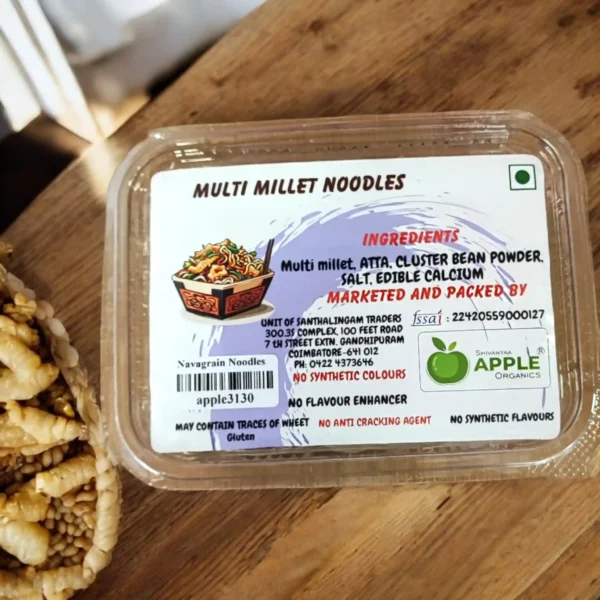


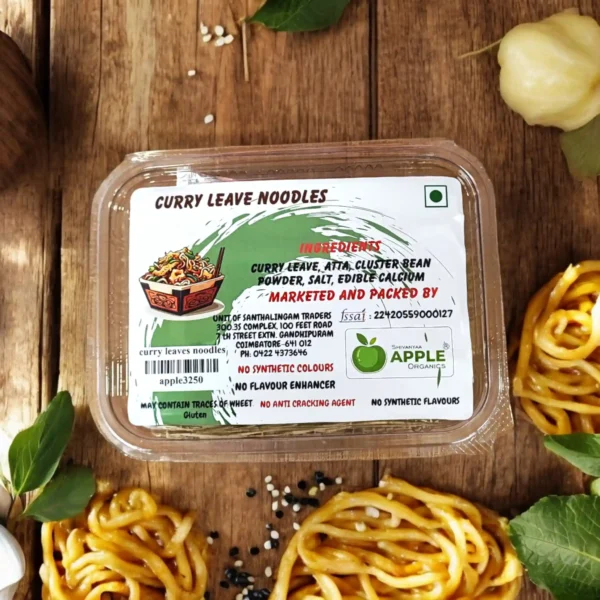
Reviews
Clear filtersThere are no reviews yet.